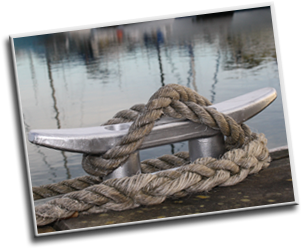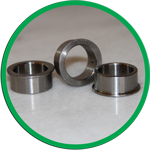The process of Aluminium gravity-fed
die casting
The Furnace.
This process begins with adding aluminium ingots to the furnace. The furnace takes 30 ingots which are then heated to 680 degrees centigrade. The ingots need to become molten which takes approximately 3 hours. This is often done overnight so casting can begin first thing in the morning and continue all day.
KJ Precision Engineering has a 400kg electric holding furnace. The furnace is manufactured from steel and fire bricks with a silicon carbide crucible lining which holds the molten aluminium.
Image of molten aluminium in KJ Engineering furnace













